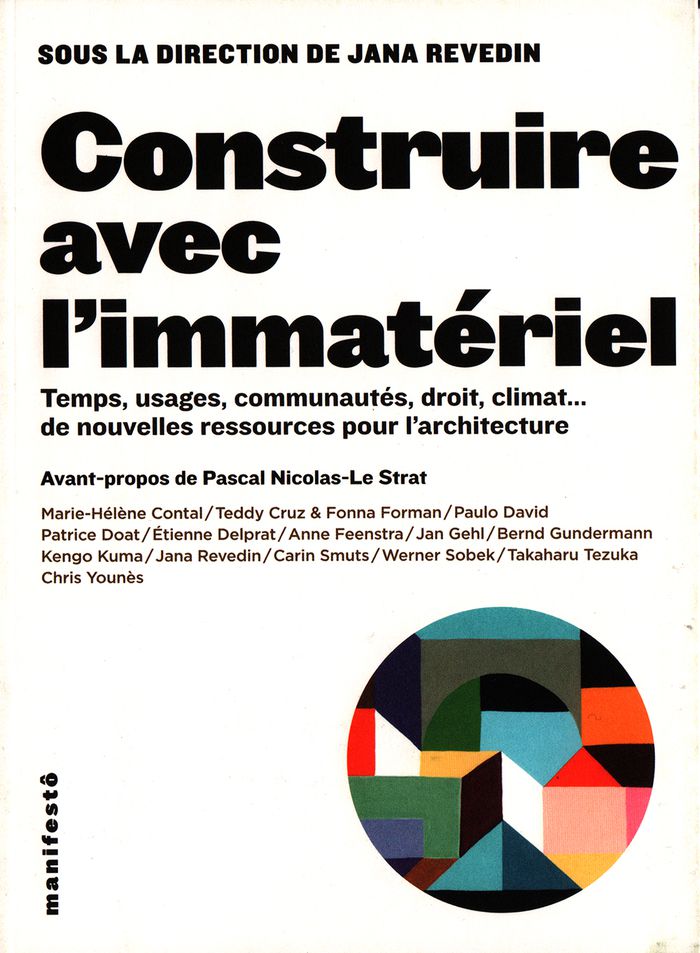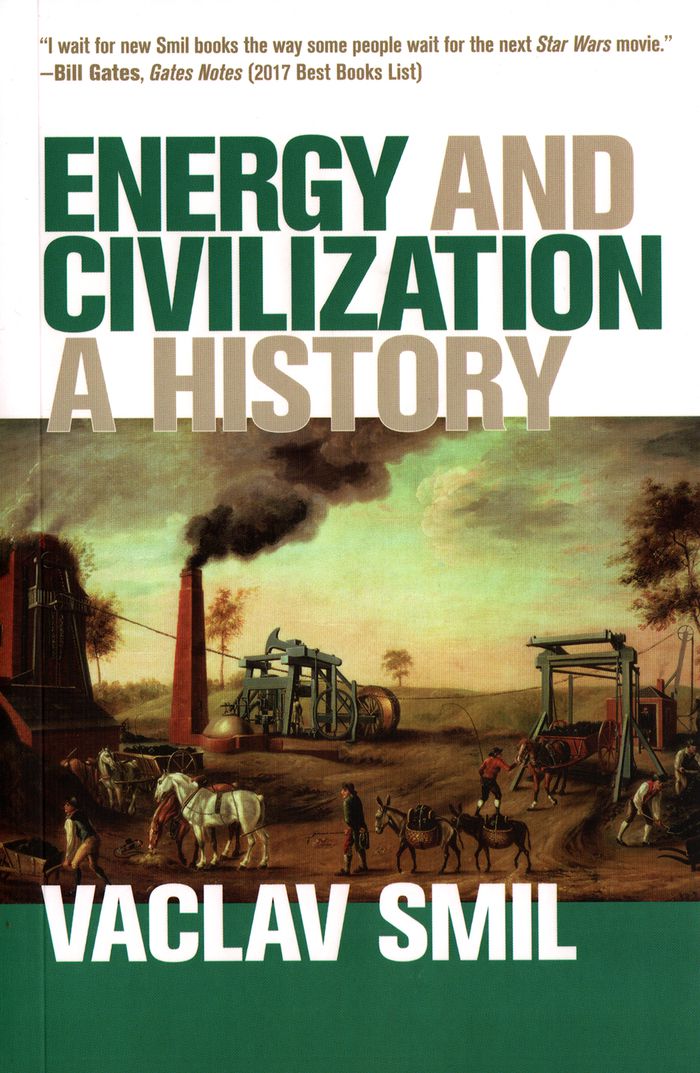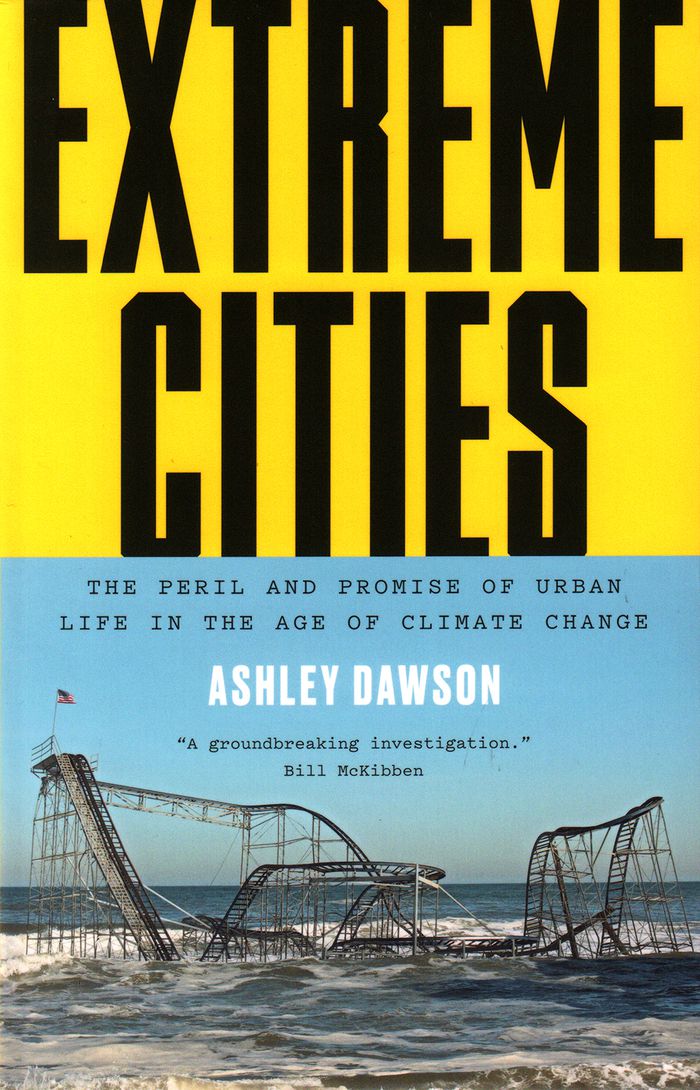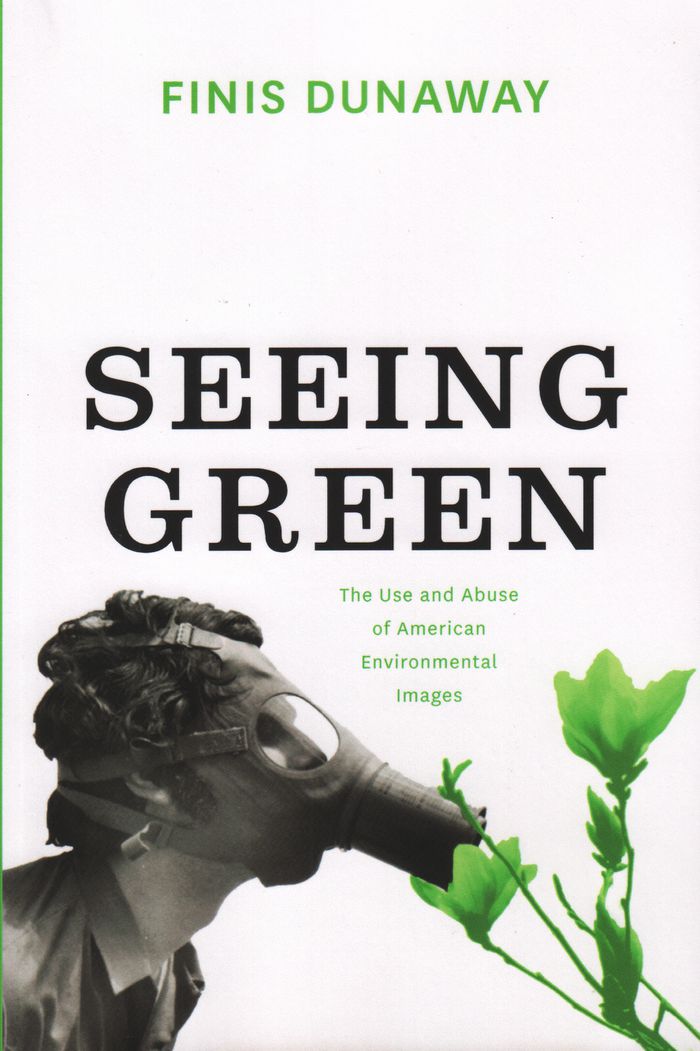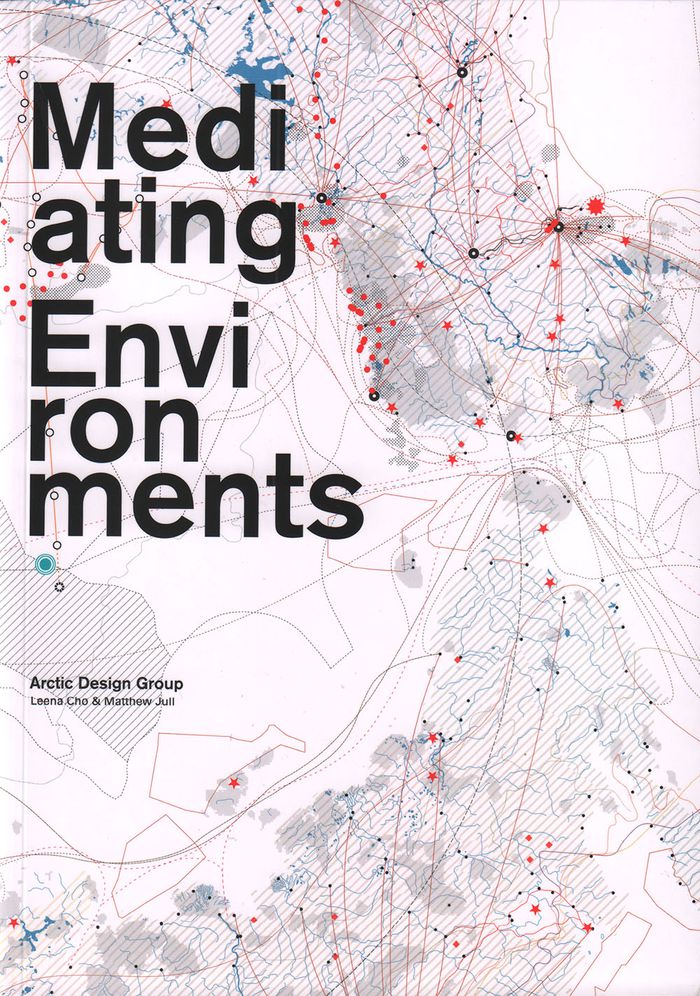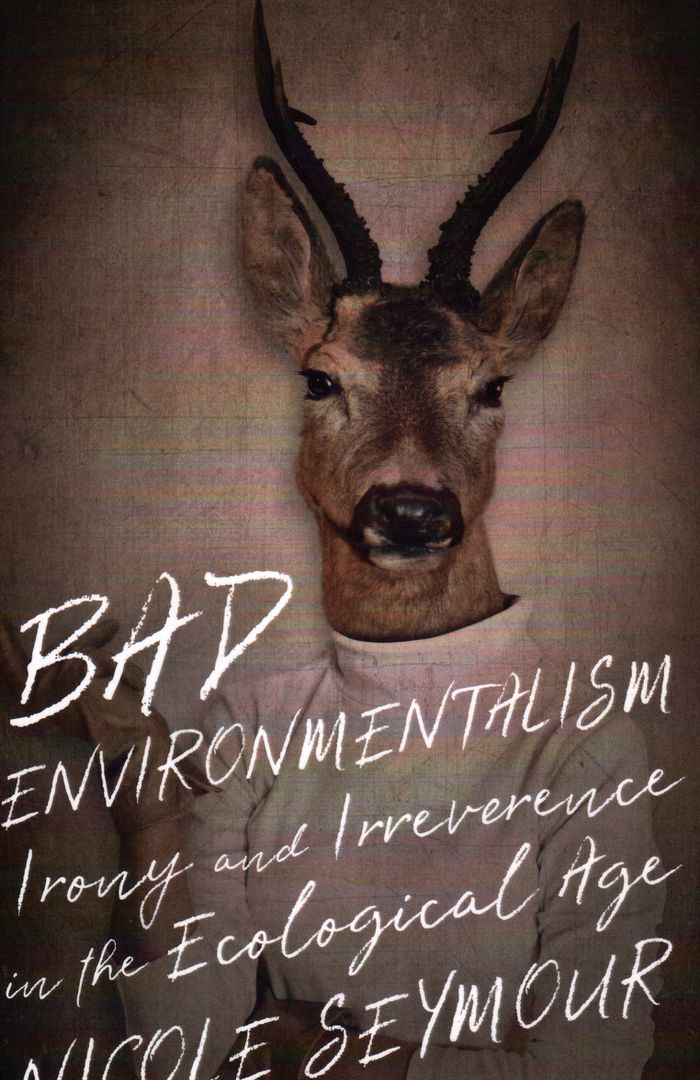livres
$19.95
(disponible en magasin)
Résumé:
En 1972, quatre jeunes scientifiques du MIT rédigent à la demande du Club de Rome un rapport qu’ils intitulent « The Limits to Growth ». Celui-ci va choquer le monde. Pour la première fois, leur recherche établit les conséquences dramatiques sur le plan écologique d’une croissance économique et démographique exponentielle dans un monde fini. Leur analyse repose sur le(...)
août 2017
Les limites à la croissance (dans un monde fini)
Actions:
Prix:
$19.95
(disponible en magasin)
Résumé:
En 1972, quatre jeunes scientifiques du MIT rédigent à la demande du Club de Rome un rapport qu’ils intitulent « The Limits to Growth ». Celui-ci va choquer le monde. Pour la première fois, leur recherche établit les conséquences dramatiques sur le plan écologique d’une croissance économique et démographique exponentielle dans un monde fini. Leur analyse repose sur le modèle « World3 », qui permet une simulation informatique des interactions entre population, croissance industrielle, production alimentaire et limites des écosystèmes terrestres.
livres
août 2017
Construire avec l'immatériel
$32.95
(disponible sur commande)
Résumé:
Sous la pression des grandes transitions et des aspirations de tous, l'architecture doit aujourd'hui assumer des responsabilités nouvelles, mais difficilement maîtrisables : participer à une lutte cruciale pour l'adaptation de l'habitat et des villes au changement climatique, réguler l'emploi de la matière et de l'énergie, écouter les besoins des sociétés, affronter une(...)
Construire avec l'immatériel
Actions:
Prix:
$32.95
(disponible sur commande)
Résumé:
Sous la pression des grandes transitions et des aspirations de tous, l'architecture doit aujourd'hui assumer des responsabilités nouvelles, mais difficilement maîtrisables : participer à une lutte cruciale pour l'adaptation de l'habitat et des villes au changement climatique, réguler l'emploi de la matière et de l'énergie, écouter les besoins des sociétés, affronter une urbanisation sans commune mesure... L'ensemble de ces transitions pose la question d'un nécessaire renouvellement des ressources de l'architecture, dessine les contours d'un changement complet de paradigme. Car ces ressources ne sont pas seulement matérielles – matériaux et techniques – mais immatérielles. Les textes de cet ouvrage, écrits par des architectes dont l'autorité est fondée sur l'expérience, ouvrent une réflexion sur ces ressources immatérielles qu'il est crucial aujourd'hui de réintroduire dans la pensée architecturale.
livres
City unseen
$45.95
(disponible sur commande)
Résumé:
Seeing cities around the globe in their larger environmental contexts, we begin to understand how the world shapes urban landscapes and how urban landscapes shape the world. Authors Karen Seto and Meredith Reba provide these revealing views to enhance readers’ understanding of the shape, growth, and life of urban settlements of all sizes—from the remote town of Namche(...)
septembre 2018
City unseen
Actions:
Prix:
$45.95
(disponible sur commande)
Résumé:
Seeing cities around the globe in their larger environmental contexts, we begin to understand how the world shapes urban landscapes and how urban landscapes shape the world. Authors Karen Seto and Meredith Reba provide these revealing views to enhance readers’ understanding of the shape, growth, and life of urban settlements of all sizes—from the remote town of Namche Bazaar in Nepal to the vast metropolitan prefecture of Tokyo, Japan. Using satellite data, the authors show urban landscapes in new perspectives. The book’s beautiful and surprising images pull back the veil on familiar scenes to highlight the growth of cities over time, the symbiosis between urban form and natural landscapes, and the vulnerabilities of cities to the effects of climate change.
livres
septembre 2018
$47.00
(disponible sur commande)
Résumé:
The islands of Orkney, off the northern coast of Scotland, are closer to the Arctic Circle than to London. Surrounded by fierce seas and shrouded by clouds and mist, the islands seem to mark the edge of the known world. And yet they are a center for energy technology innovation, from marine energy to hydrogen fuel networks, attracting the interest of venture capitalists(...)
Energy at the end of the world
Actions:
Prix:
$47.00
(disponible sur commande)
Résumé:
The islands of Orkney, off the northern coast of Scotland, are closer to the Arctic Circle than to London. Surrounded by fierce seas and shrouded by clouds and mist, the islands seem to mark the edge of the known world. And yet they are a center for energy technology innovation, from marine energy to hydrogen fuel networks, attracting the interest of venture capitalists and local communities. In this book, Laura Watts tells a story of making energy futures at the edge of the world.
$30.95
(disponible sur commande)
Résumé:
A comprehensive account of how energy has shaped society throughout history, from pre-agricultural foraging societies through today's fossil fuel–driven civilization.
Energy and civilization: a history
Actions:
Prix:
$30.95
(disponible sur commande)
Résumé:
A comprehensive account of how energy has shaped society throughout history, from pre-agricultural foraging societies through today's fossil fuel–driven civilization.
$29.95
(disponible sur commande)
Résumé:
Récemment, de nombreuses publications ont traité du changement climatique et des questions environnementales du point de vue global. Parallèlement, on assiste à un intérêt croissant pour les architectures d’objets connectés. ''Mauvais temps'' a pour ambition d’allier ces deux phénomènes en une même suite d’interrogations : le bouleversement généralisé du temps compris(...)
août 2018
Mauvais temps : anthropocène et numérisation du monde
Actions:
Prix:
$29.95
(disponible sur commande)
Résumé:
Récemment, de nombreuses publications ont traité du changement climatique et des questions environnementales du point de vue global. Parallèlement, on assiste à un intérêt croissant pour les architectures d’objets connectés. ''Mauvais temps'' a pour ambition d’allier ces deux phénomènes en une même suite d’interrogations : le bouleversement généralisé du temps compris comme temporalités, époque et climat. Cette réflexion se présente comme une façon d’échapper à ces gardiens du temps que sont les déterminismes aussi bien technologiques, économiques, qu’écologiques. Elle permet d’ouvrir la question des temporalités dans l’Anthropocène. ''Mauvais temps'' présente notre actualité comme autant de lignes de fuite à explorer, de possibles à revisiter, de partages du sensible à réinventer.
$25.95
(disponible sur commande)
Résumé:
A cutting exploration of how cities drive climate change while being on the frontlines of the coming climate crisis.
Extreme cities: the peril and promise of urban life in the age of climate change
Actions:
Prix:
$25.95
(disponible sur commande)
Résumé:
A cutting exploration of how cities drive climate change while being on the frontlines of the coming climate crisis.
$44.95
(disponible sur commande)
Résumé:
In ''Seeing Green'', Finis Dunaway shows how popular environmentalism has been entwined with mass media spectacles of crisis. Beginning with radioactive fallout and pesticides during the 1960s and ending with global warming today, he focuses on key moments in which media images provoked environmental anxiety but also prescribed limited forms of action. Moreover, he shows(...)
septembre 2018
Seeing green: the use and abuse of American environmental images
Actions:
Prix:
$44.95
(disponible sur commande)
Résumé:
In ''Seeing Green'', Finis Dunaway shows how popular environmentalism has been entwined with mass media spectacles of crisis. Beginning with radioactive fallout and pesticides during the 1960s and ending with global warming today, he focuses on key moments in which media images provoked environmental anxiety but also prescribed limited forms of action. Moreover, he shows how the media have blamed individual consumers for environmental degradation and thus deflected attention from corporate and government responsibility. Ultimately, Dunaway argues, iconic images have impeded efforts to realize- or even imagine- sustainable visions of the future.
$36.95
(disponible sur commande)
Résumé:
"Mediating Environments" examines fundamental and radical environmental conditions in the Arctic and provides a spectrum of innovative design approaches and spatial outcomes. Climate organizes and sustains a broad range of activities in the Arctic, and it will dictate the future transformations in northern urban landscapes and their metabolic operations. As such, arctic(...)
octobre 2019
Mediated environments: Arctic Design Group
Actions:
Prix:
$36.95
(disponible sur commande)
Résumé:
"Mediating Environments" examines fundamental and radical environmental conditions in the Arctic and provides a spectrum of innovative design approaches and spatial outcomes. Climate organizes and sustains a broad range of activities in the Arctic, and it will dictate the future transformations in northern urban landscapes and their metabolic operations. As such, arctic urbanism must take into account the varied nuances of weather phenomena that are deeply engrained in everyday living practices and biophysical fabrics. By revisiting and reconfiguring the intersections between environmental and design systems, this publication aims to expand conceptual strategies in the arctic beyond the modes of insulation, stabilization, and optimization while repositioning the region as a central figure within the global network of exchanges.
$38.00
(disponible en magasin)
Résumé:
Nicole Seymour develops the concept of ''bad environmentalism'': cultural thought that employs dissident affects and sensibilities to reflect critically on our current moment and on mainstream environmental activism. Seymour champions the practice of alternative green politics and expands our understanding of how environmental art and activism can be pleasurable, even in(...)
Bad environmentalism: irony and irreverence in the ecological age
Actions:
Prix:
$38.00
(disponible en magasin)
Résumé:
Nicole Seymour develops the concept of ''bad environmentalism'': cultural thought that employs dissident affects and sensibilities to reflect critically on our current moment and on mainstream environmental activism. Seymour champions the practice of alternative green politics and expands our understanding of how environmental art and activism can be pleasurable, even in a time of undeniable crisis.
